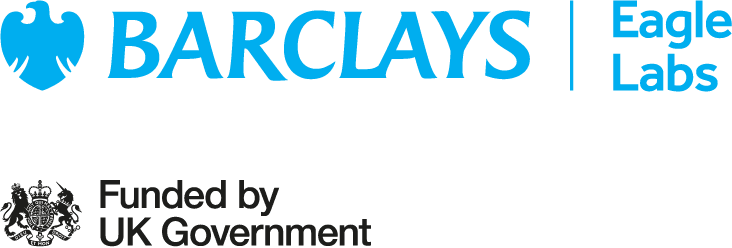Unlocking Transformative Potential: How GenAI Can Drive Growth and Innovation
Cambridge Tech Week pre-event blog by Euan Cameron, AI and Emerging Technology Leader – PwC UK. PwC is our AI Gold Founder Sponsor for Cambridge Tech Week.
From personalised education, to software development, to creative assistants, GenAI has the ability to transform many aspects of business and society. We are already seeing substantial value creation across a whole host of different industries, and this is not just confined to back office productivity improvements. More advanced organisations are seeing performance gains in their core value-added activities as well. Whilst the potential upsides are huge, the path to value contains a number of traps for the unwary. Understanding the way in which this technology is evolving, how to point it at the most advantageous business activities and how we keep humans at the centre of the process, are essential in order to unlock its potential.
Business enablers such as the quality of the enterprise data estate, appropriate AI governance models and behavioural change have been well documented and remain very important to realising value from GenAI. But the businesses who are capitalising most effectively on this technology also understand three additional critical imperatives.
- Focus on growth, not just productivity
The potential for GenAI to create business value through back office efficiency is now widely recognised. However, this is not where the story ends.There are numerous opportunities to drive top line performance in many types of organisation. Examples include improved innovation (eg the use of Generative Adversarial Networks) to generate candidate molecules in pharma research or the use of diffusion models to assist with the creative process in fashion design); improved quality (eg ‘thinking assistant’ or ‘information retrieval’ LLM use cases in knowledge industries); or greater personalisation of product offerings (eg highly tailored marketing content to improve customer engagement in consumer segments). Planning GenAI transformations with innovation and differentiation in mind can create a more defensible value creation story for your organisation than efficiency gains alone.
- Understand its ‘probabilistic’ nature and the level of performance you need
It is important to understand that GenAI is not a one-size-fits-all solution. Whilst it is a powerful tool, the value potential can only be realised if the activities it is asked to perform are properly aligned with its strengths. At its heart, GenAI is a probabilistic technology, meaning it rarely if ever achieves a 100% performance rate. Rather than declaring that “GenAI can (or can’t) do X”, businesses need to adopt a more nuanced understanding of the performance levels that are achievable and the performance levels that are acceptable for those business processes where GenAI could be applied. The answer to these questions will vary based on the the tooling selected, the nature of the use case (eg software development vs legal drafting) and the level of fault tolerance (eg contact centre pathways for vulnerable customers in a regulated financial services environment vs a non-regulated, low-sensitivity IT helpdesk environment). In addition, GenAI’s stochastic performance characteristics are not inherently a ‘bad’ thing. Many businesses are successfully harnessing GenAI’s ability to create variety in its outputs by using it at the start of the idea generation process as a ‘thought companion’ or ‘creative sidekick,’ which can quickly generate novel ideas or designs that spark human imagination and inspire new avenues of investigation
- Think of it as part of a larger system where it brings specific capabilities
GenAI technologies already provide businesses with powerful functionality, particularly in the synthesis, transformation and generation of unstructured data, and we can predict with reasonable confidence that its capabilities in these areas are likely to continue to improve over time. However, like all technologies, there are certain tasks which it is more suited to than others. For example, the nature of GenAI architecture currently makes it less suited to use cases which require in-depth ‘theory-of-mind’ or physical ‘model-of-the-world’ capabilities. Whilst it is possible that advances in the field may allow improved performance in these areas, many believe that new paradigms of AI are likely to be required to tackle some of the analytical processes that currently lie outside the core ‘GenAI lane’. Despite these limitations, more powerful and efficient business systems can be created to solve complex questions when we think more expansively about how tools such as large language models can be combined with (a) other technologies and (b) thoughtfully choreographed human-in-the-loop controls. For example, GenAI driven customer service transformation would involve a natural language interface for the customer, integrations to CRM, knowledge base and ticketing systems, and automatic escalation to human agents when certain complexity or customer vulnerability thresholds are detected.
By taking the time to understand and explore the issues above, and carefully consider the options this creates for the application of GenAI, businesses can put themselves in a position to make the best use of this evolving technology to transform their activities and create meaningful competitive advantage in their markets.














































